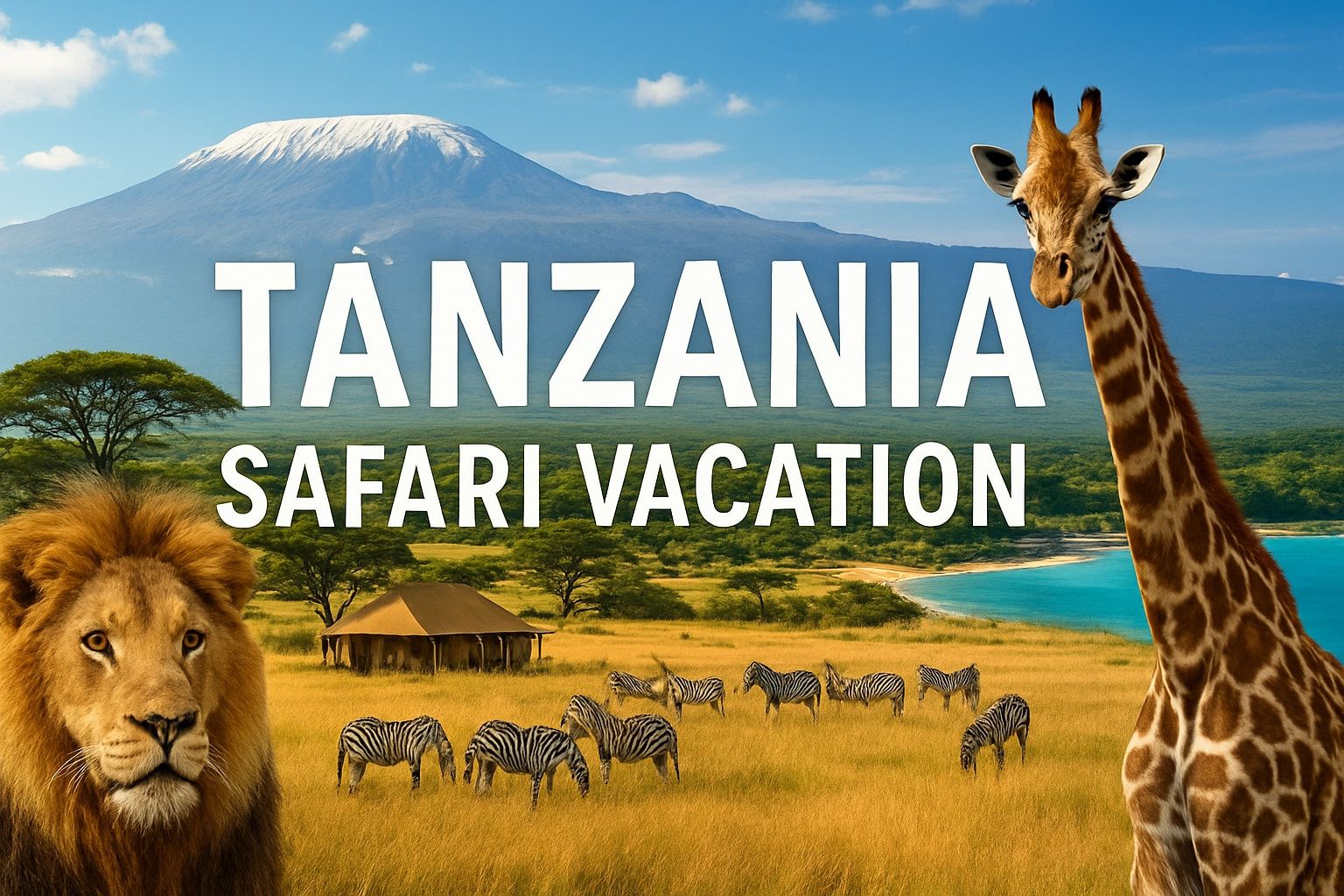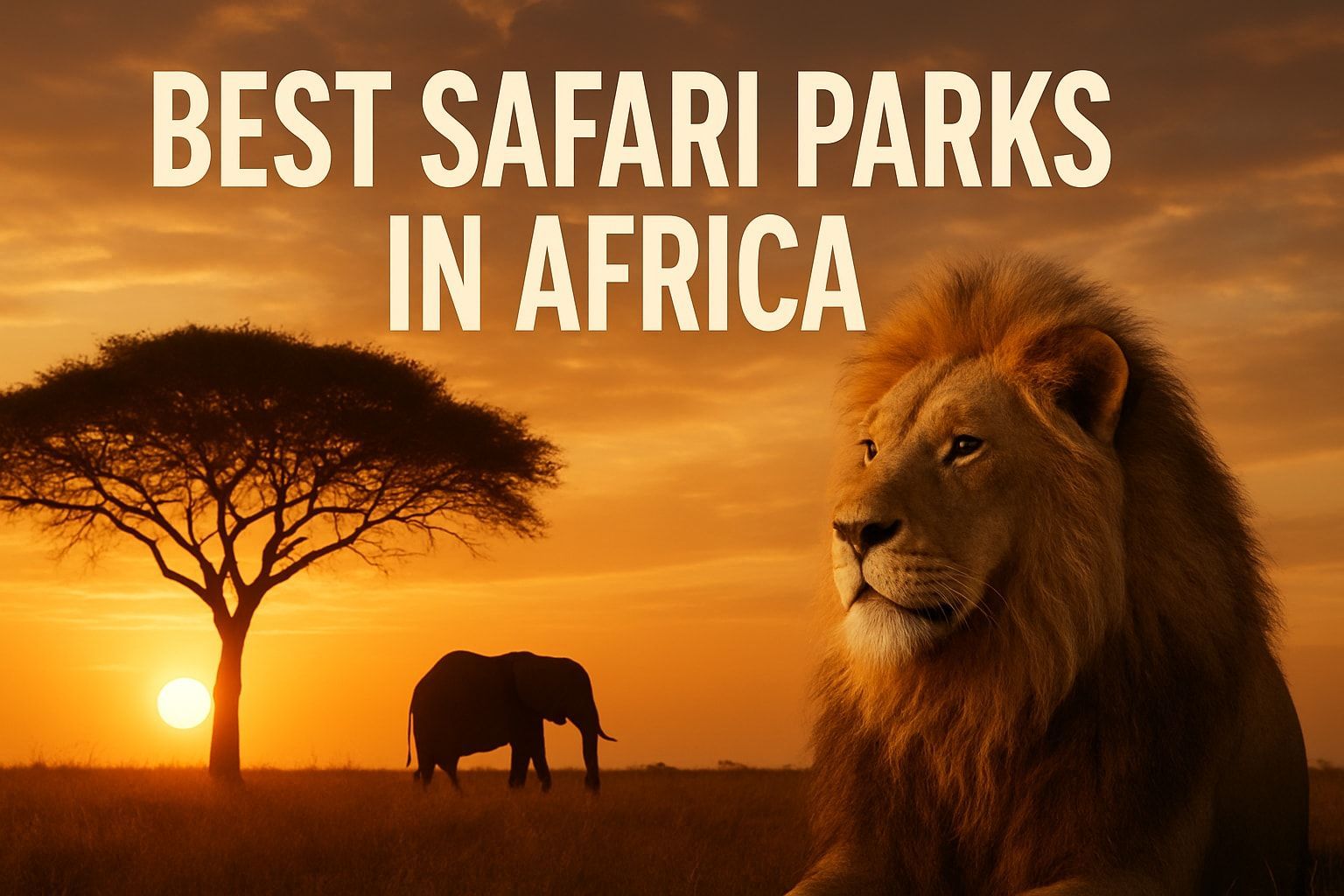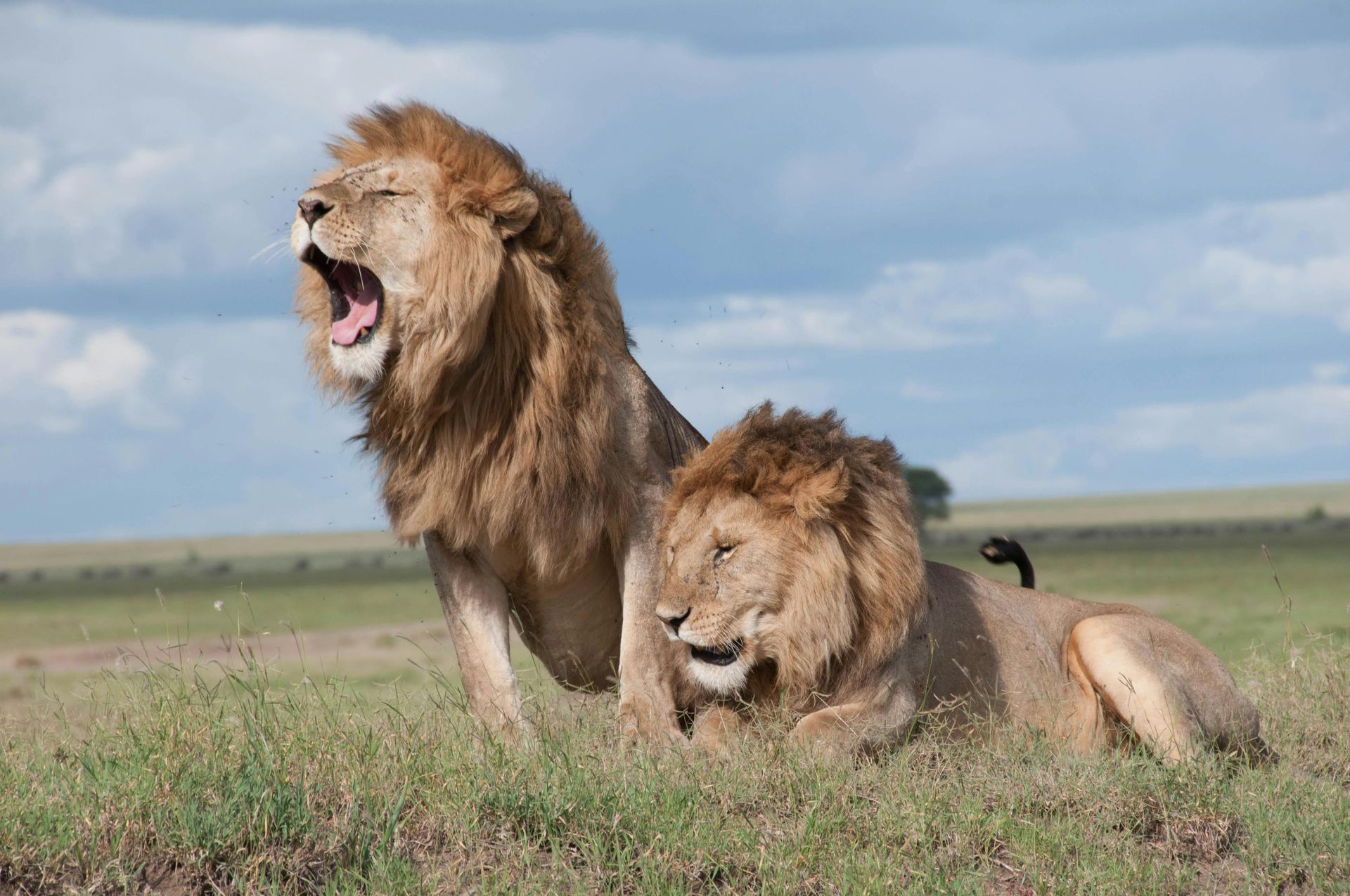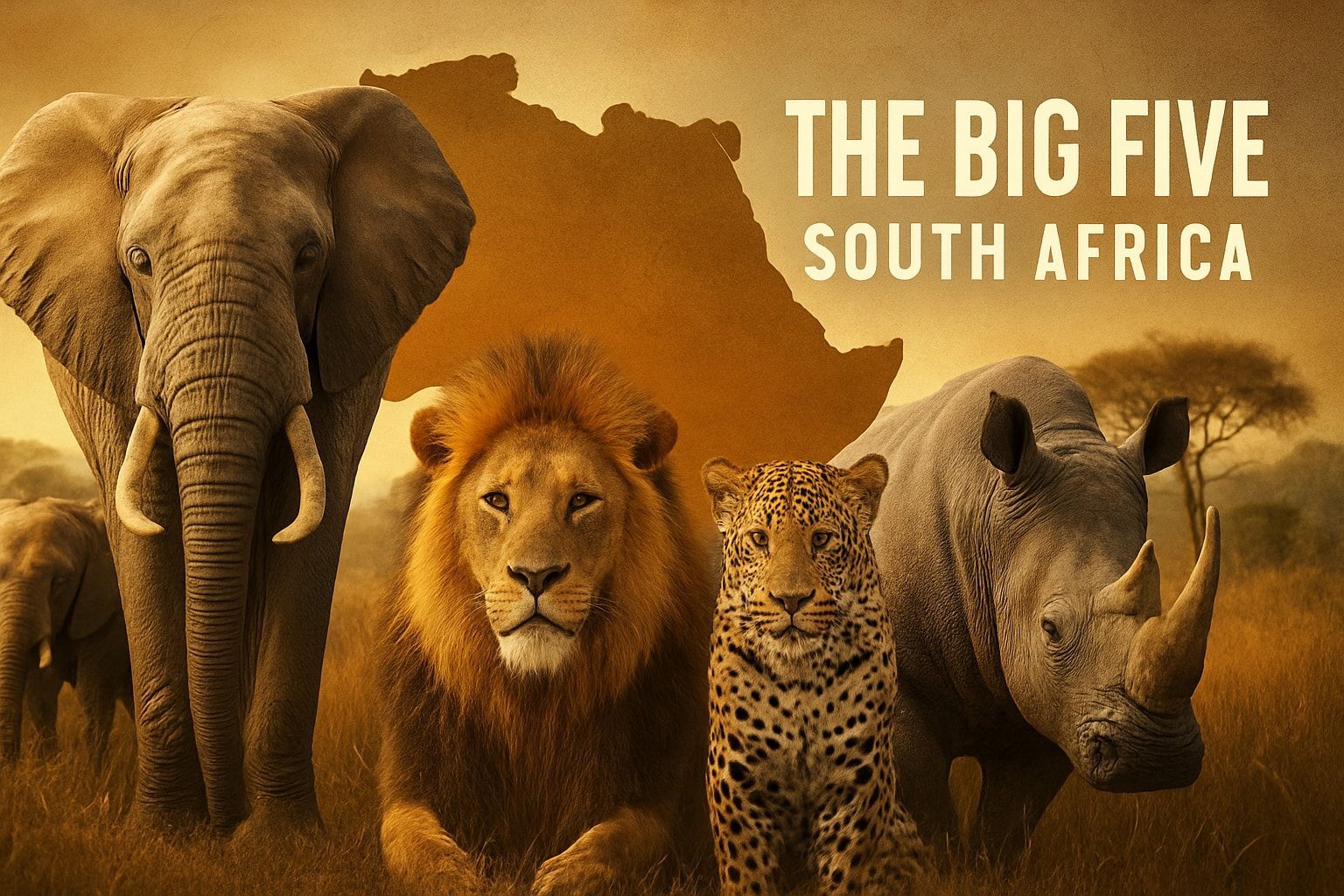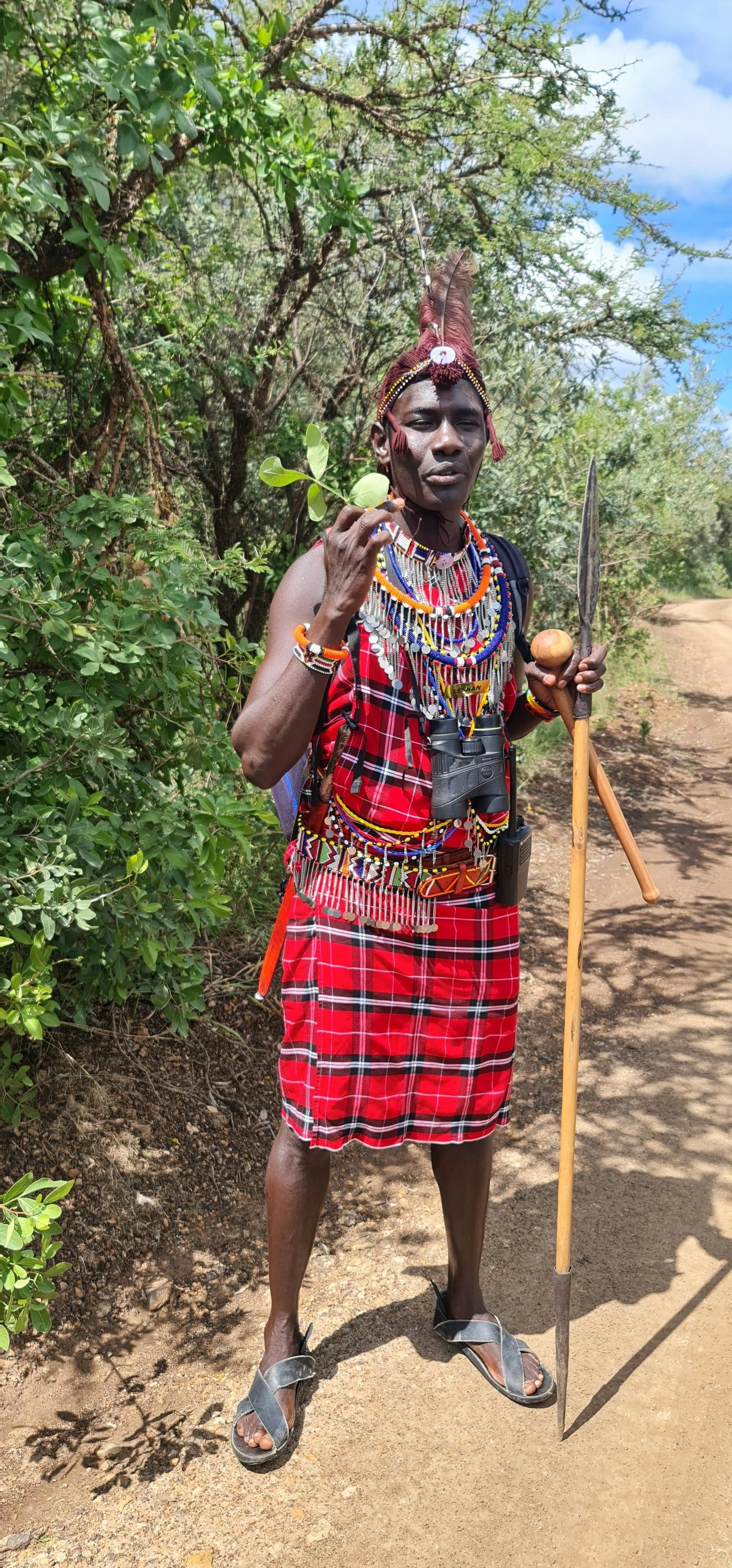
The Return of the Mountain Bongos: A Conservation Triumph for Kenya
Tim • February 25, 2025
A Conservation Triumph For Kenya
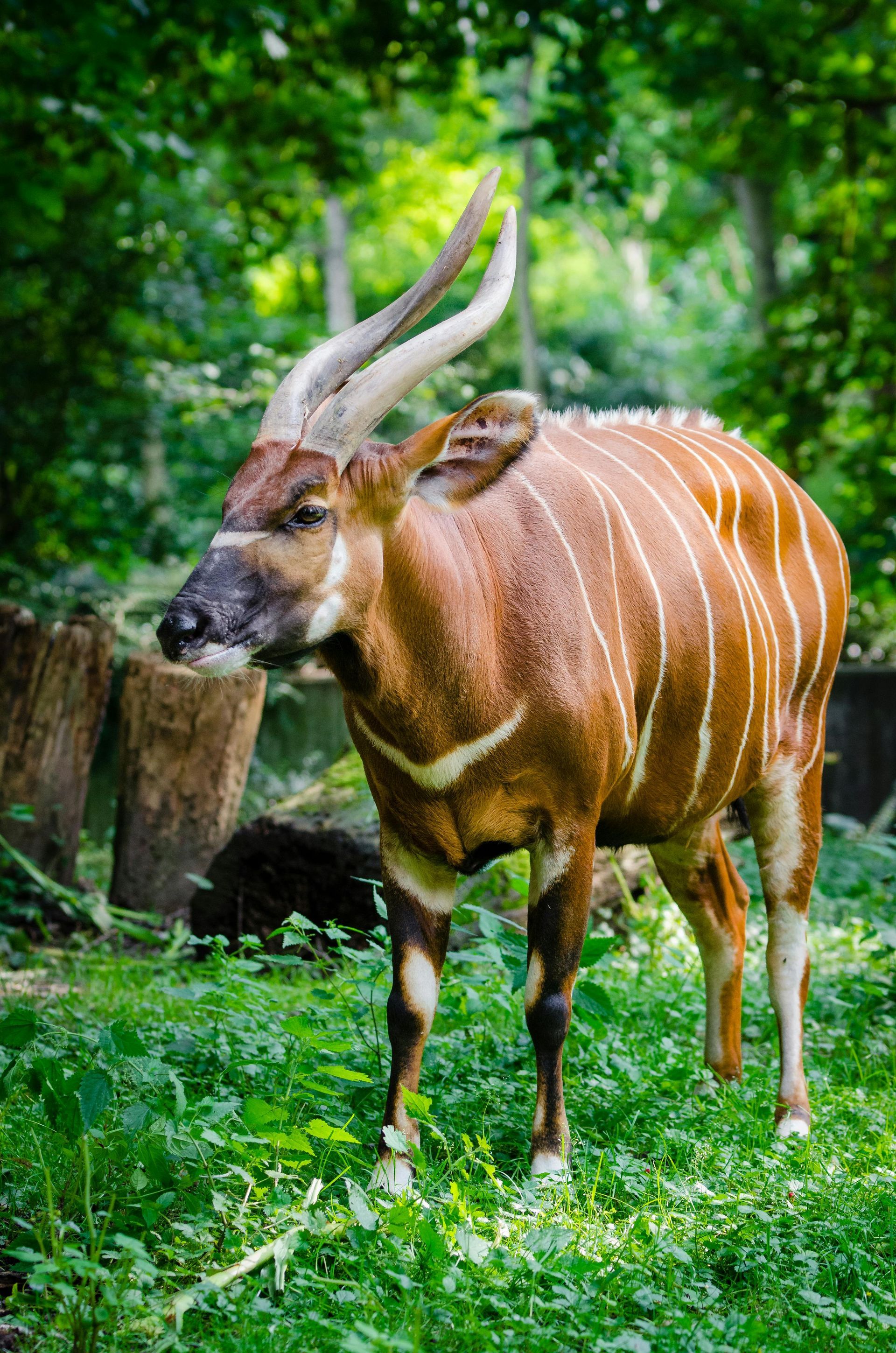
Deep in the misty forests of central Kenya, a rare and majestic creature is making a long-awaited return home. The mountain bongo , one of the world’s most endangered antelopes, is finally coming back to its native land after years of conservation efforts abroad. Once teetering on the brink of extinction in Kenya, these striking animals—distinguished by their rich chestnut coats and elegant white stripes—are now being reintroduced to the wild from breeding programs in the United States.
A Species in Peril
The mountain bongo ( Tragelaphus eurycerus isaaci ) is a subspecies of the bongo antelope, found only in the highland forests of Kenya. Due to habitat destruction, poaching, and disease, their numbers dwindled to fewer than 100 individuals in the wild. By the late 20th century, the species had disappeared from many of its historical ranges, forcing conservationists to take drastic measures to prevent extinction.
A Lifeline in America
While Kenya’s mountain bongo population declined, a glimmer of hope remained overseas. Zoos and conservation centers in the United States had been carefully breeding mountain bongos for decades, preserving their genetic diversity and ensuring a future for the species. Organizations such as the Rare Species Conservatory Foundation (RSCF) , who recently sent 17 of the antelope to Kenya, have played a pivotal role in maintaining viable bongo populations outside of Africa.
Now, in a monumental effort, these captive-born bongos are being brought back to Kenya to reestablish a self-sustaining population in the wild .
The Homecoming: A Historic Conservation Effort
The return of the mountain bongos to Kenya is a collaborative conservation initiative , involving the Kenyan government, wildlife organizations, and global partners. The reintroduction process takes place at the Mount Kenya Wildlife Conservancy (MKWC) , where a protected sanctuary has been created to help the bongos gradually adapt to their natural habitat.
The process involves: Acclimatization
– Bongos arriving from the U.S. are placed in secure, semi-wild enclosures to help them adjust to their new environment.
Acclimatization
– Bongos arriving from the U.S. are placed in secure, semi-wild enclosures to help them adjust to their new environment. Breeding & Population Growth
– The goal is to establish a breeding population before releasing individuals into fully wild areas.
Breeding & Population Growth
– The goal is to establish a breeding population before releasing individuals into fully wild areas. Habitat Protection
– Efforts are being made to restore and conserve Kenya’s highland forests, ensuring a sustainable future for these antelopes.
Habitat Protection
– Efforts are being made to restore and conserve Kenya’s highland forests, ensuring a sustainable future for these antelopes.
A Symbol of Hope for Kenyan Wildlife
The reintroduction of mountain bongos is more than just a conservation success—it’s a testament to the power of global cooperation in saving endangered species . These majestic animals are not just returning to Kenya; they are reclaiming their place in the country’s rich ecological heritage.
Our Commitment to Kenya’s Sustainability
At Explorest Travel, sustainability isn’t just a promise—it’s a way of travel. We are deeply committed to protecting Kenya’s breathtaking landscapes, diverse wildlife, and rich cultural heritage for future generations. As part of our dedication to conservation, we proudly support the Rare Species Conservatory Foundation , ensuring the protection of Kenya’s most endangered wildlife. For every booking made, we contribute a donation to this vital cause, directly aiding conservation efforts that preserve rare and threatened species. Travel with us, and your journey will leave a lasting impact—not just on you, but on the world we strive to protect.
To learn more about the Rare Species Conservatory Foundation , please visit their website at https://www.rarespecies.org/
Would you like to join a conservation safari to see Kenya’s mountain bongos
in their new home?

 #WildlifeConservation #BongoReturn
#WildlifeConservation #BongoReturn

